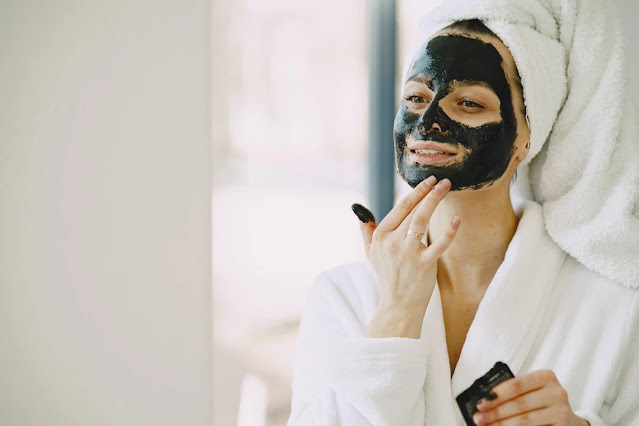We have all been there: on payday, we treat ourselves with a new skincare product. The joy is overwhelming, but then you realize that the product is not for you and you develop adverse skin reactions over time or perhaps immediately after use.

You may wonder why this happens and may think it is your own fault, but surprisingly, there are several reasons for these reactions, which we will now share with you.
What causes skin reactions to products?
1. Using products that are not suitable for your skin type – The most common problem is using products that are not suitable for your skin type. For example, if you have a dry skin type, using oil-controlling, oil-free formulas can cause your skin to become dry, tight, and sometimes even red. The same is true for oily skin types, who use heavy creams that clog their pores and cause breakouts. It is best to fully understand your skin type before purchasing skincare products.
Allergies to formula ingredients – Another common problem is allergies to specific ingredients in a product’s formula. This reaction is individual, has to do with your skin, and does not mean that the product itself is poorly made. It also does not mean that the more money you spend on a product, the better it is, as allergies to ingredients or mixtures of ingredients can still be present on the skin. An easy way to figure out which ingredient might be the culprit is to compare the ingredient list to the products you already use to check for differences. If you have further concerns, a visit to a dermatologist may also be helpful.
Using a facial scrub that is too harsh for the skin – Some people react to using facial scrubs by causing redness and sometimes minor nicks and cuts on the skin. If this happens, stop using the product immediately. Facial exfoliants come in a variety of formulas, and many people choose to use natural sources like nut pits and nut shells. They are great for removing layers of dead skin cells as well as any dirt and grime. They can have sharp, jagged pieces that can damage the skin. White pumice is a safer option because the particles are smooth and gentler on the skin.
Using strong products too often – When it comes to anti-aging, we sometimes go overboard with strong products. Retinol is an ingredient that can often cause a number of issues. If you don’t gradually incorporate it into your skin care routine, reactions like redness, burning sensations, and flaking can occur. To prevent this reaction, you should use the product once a week in the evening. Then increase your skin’s exposure to this strong product over time. This method can also be used for other ingredients like vitamin C and salicylic acid.
The product may be poorly formulated – Formulation is everything in skincare products, and using a product with too many irritating, skin-refining, heavily scented ingredients can lead to serious problems. You may find that using the product works well at first, but over time you may notice a skin reaction. While scented skincare products are great to use, using too many of them can have adverse effects on the skin, causing dryness, redness, and pain.
Finally, your skin may simply be overly sensitive – some people recognize their allergic skin quickly, while others may have problems in waves, with problems sometimes occurring and others not. If you feel your skin may be allergic, it’s best to do a patch test 24 hours before using any product, especially before using it all over your face.
How to Prevent Unwanted Skin Reactions
Here are some tips to prevent adverse reactions to skincare products:
Do the following:
Take the time to understand your skin type and choose products that contain the right combination of ingredients to nourish and benefit your skin.
Make a note of the types of reactions you notice when using new skincare products. Over time, you’ll be able to recognize which ingredients don’t work well with your skin.
Slowly introduce powerful ingredients like AHAs, BHAs, and retinols into your routine. This gives your skin enough time to get used to it without any reactions.
Perform a patch test for at least 24 hours on any new product to make sure it is safe to use on your skin.
Try to self-examine your daily habits to find out which product may be causing the reaction. First, skip your cleanser, then your serum, then your moisturizer, and so on. This will make it clear which product may be causing the problem.
What you shouldn’t do:
Don’t focus too much on the price of the product. The more expensive the product, the more expensive it is because it still may contain ingredients you are allergic to.
Don’t forget to check that your daily SPF is not causing any reactions.
Don’t worry if you suddenly become allergic to a product you have been using for a while, sometimes the skin just needs a change.
Don’t continue to use something that you react to based solely on other people’s reviews or results.


